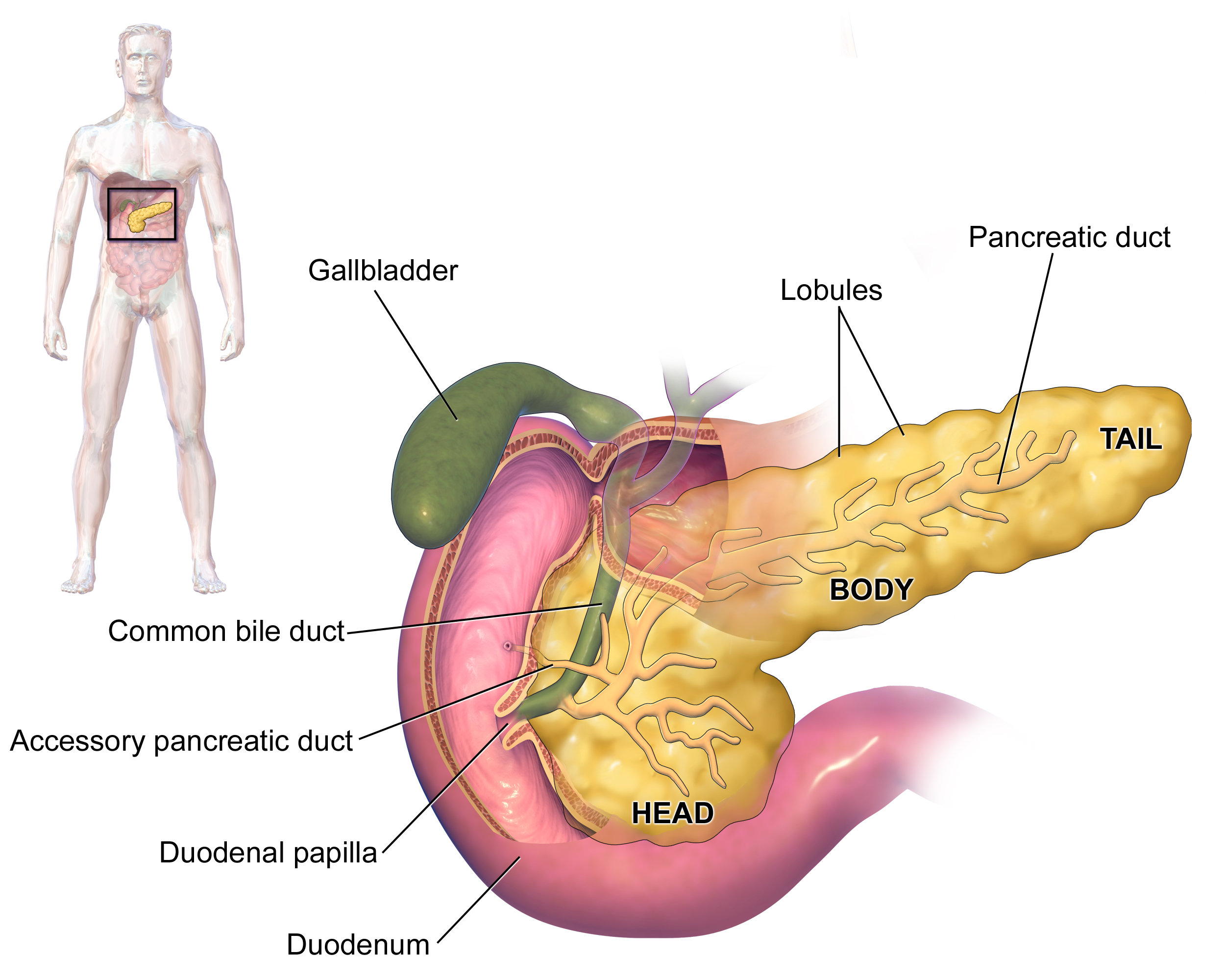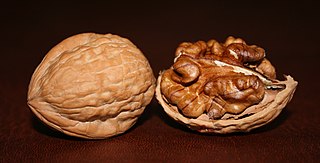KVS Blog - Healthy Living, Homeopathy and Others
Healthy living, Natural foods, Naturopathy, Homeopathy and other articles to help you live healthy.
Wednesday, March 4, 2015
Diagnosis of Diabetes
Sunday, December 21, 2014
Types and symptoms for diabetes mellitus
 |
| Different Types of diabetes - Ref www.sanofidiabetes.in |
This post is only intended for informational purposes and should not be construed as medical Advice!. Please check Disclaimer Page for complete information!
Saturday, November 1, 2014
One of the interesting goals he was looking forward was to reach 10,000 views by this year end, I think this blog is well on its way towards that. With that, it is unfortunate that we should lose him at this time.
This post is only intended for informational purposes and should not be construed as medical Advice!. Please check Disclaimer Page for complete information!
Sunday, September 7, 2014
DIABETES – A worldwide concern
 |
| Main Symptoms of Diabetes Picture from Wikipedia - Diabetes page |
 |
| The Pancreas Photo by: Blausen.com staff. "Blausen gallery 2014" |
This post is only intended for informational purposes and should not be construed as medical Advice!. Please check Disclaimer Page for complete information!
Monday, August 25, 2014
Peanuts – Simple, Favourite and Nutritious nuts for the family
 |
| Peanut Leaves and freshly dug pods, South Carolina, USA
Photo by: Pollinator
|
In fact, peanut is a “legume” rather than a “nut” although it is called nut colloquially. Now let us go to the health benefits of this nut in short.
|
|
|
|
 |
| Squirrel with Peanuts Photo by: Jamie McCaffrey |
This post is only intended for informational purposes and should not be construed as medical Advice!. Please check Disclaimer Page for complete information!
Saturday, July 26, 2014
WALNUTS – Brain food
 |
| Walnut shell inside Green husk Photo by: Böhringer Friedrich |
 |
| Walnut – on the outside and insidePhoto by: AndonicO. |
 |
| Chocolate walnut cake Photo by: PlayMistyForMe |
This post is only intended for informational purposes and should not be construed as medical Advice!. Please check Disclaimer Page for complete information!
Sunday, July 20, 2014
Cashew nuts – Tasty seeds that form an Healthy Snack
 |
| Colorful Cashew fruits in a tree, in Kannur, Kerala, India Photo by: Vinayaraj |
 |
| Women preparing Cashew for packaging, Africa |
 |
| Fried Cashew Nuts Photo by: Midori |
This post is only intended for informational purposes and should not be construed as medical Advice!. Please check Disclaimer Page for complete information!
Sunday, July 13, 2014
Pistachios – Healthy nuts that help in Diabetes and reducing Heart diseases
| Pista flowers and nuts Photo by: Paolo Galli |
 |
| Pista toppings in a cake |
 |
| Triflavour kulfi Photo by: stu_spivack |
This post is only intended for informational purposes and should not be construed as medical Advice!. Please check Disclaimer Page for complete information!
Monday, June 23, 2014
Almonds (Badam) – the king of Nuts

We have seen the medicinal benefits of many plants (Insulin plant, Bitter Gourd), leaves (Moringa), fruits (Grapes, Watermelon) and vegetables (Potatoes, Tomatoes, Onions, Green Peas) in previous posts. Now let us see how nuts can play a crucial role in our healthy living.
 |
| Almond Tart Photo By: Lorraine Murphy |
- Reduce the risk of Heart attack and lower bad cholesterol in our body.
- Protect artery walls from damage due to their Flavonoid content.
- Help to build strong bones and teeth because of phosphorous present in them
- Lower the rise in blood sugar and insulin after meals
- Help to nourish the nervous system.
This post is only intended for informational purposes and should not be construed as medical Advice!. Please check Disclaimer Page for complete information!
Friday, June 6, 2014
Benefits of Potatoes – Staple food for many, Healthy for most.
 |
| Potato flowers Image by: ARS, USDA |
Note: Lectins (contained in other nightshade plants, dairy etc) can cause problems for some. They should avoid the foods with high source of Lectin and also use fermentation, soaking etc, before cooking to get rid of Lectins in the vegetables before cooking
Boiled potatoes are naturally rich in vitamins and minerals like Potassium, Phosphorus with B complex Vitamins. Please note, potatoes are not inherently Fattening.
 |
| Colorful varieties of Potatoes Image by Agricultural Research Service, agency of USDA |
This post is only intended for informational purposes and should not be construed as medical Advice!. Please check Disclaimer Page for complete information!
Thursday, June 5, 2014
Tomatoes - Sauce, Salad, Juice, Pizza, others. Many uses and Many benefits.
 |
| Handful of different tomatoes from Ho Farms in Kahuku, Hawaii. Photo courtesy of USDA NRCS |
 |
| Green unripe tomatoes Photoby: TigerisLagoona |
This post is only intended for informational purposes and should not be construed as medical Advice!. Please check Disclaimer Page for complete information!






This post is only intended for informational purposes and should not be construed as medical Advice!. Please check Disclaimer Page for complete information!